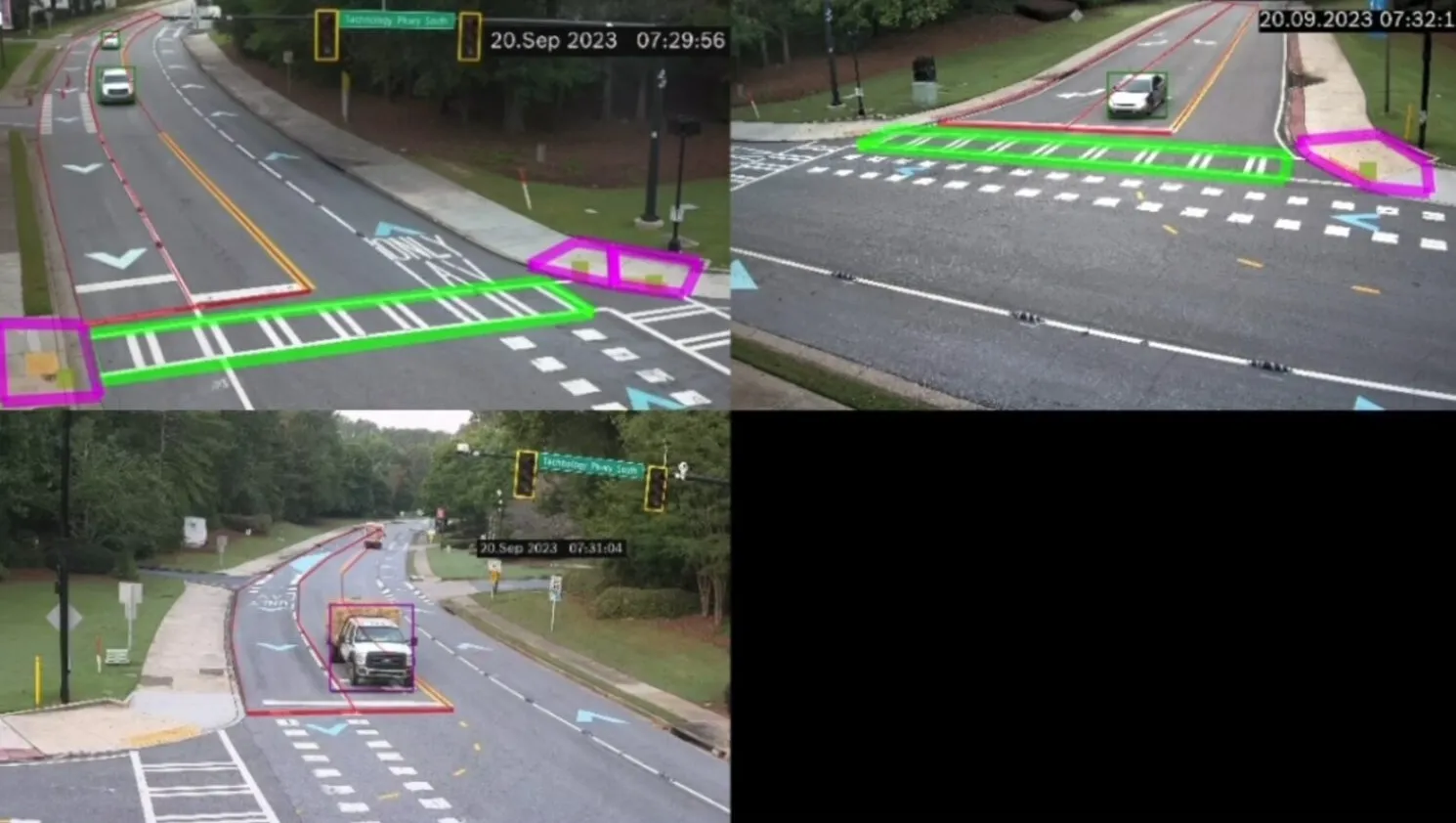After successful installations for the Georgia Department of Transportation Regional Traffic Operations Program (RTOP), the state has approved Trafficware’s Pod wireless detection system for use based on its reliable detection performance and ease of installation for vehicle detection, awarding it a QPL48 Qualified Product Approval rating.
The RTOP program maintains more than 600+ intersections across metro Atlanta and provides multi-jurisdictional performance measurements that allow the department of t
October 27, 2015
Read time: 2 mins
After successful installations for the 754 Georgia Department of Transportation Regional Traffic Operations Program (RTOP), the state has approved 5642 Trafficware’s Pod wireless detection system for use based on its reliable detection performance and ease of installation for vehicle detection, awarding it a QPL48 Qualified Product Approval rating.
The RTOP program maintains more than 600+ intersections across metro Atlanta and provides multi-jurisdictional performance measurements that allow the department of transportation to implement signal timing plans across city and county lines.
The Pod is based on a patent from the2024 Massachusetts Institute of Technology (MIT) and two additional Trafficware patents. The system uses a wireless magnetic sensor embedded in the road, the system to detect vehicles, sensing the disturbances in the earth’s magnetic field that occur due to the presence of a car or motorcycle. Algorithms interpret this disruption into meaningful and reliable data.
Powered by a D-cell lithium battery, the Pod is simple to install can transmit data for more than ten years, says Trafficware.
The RTOP program maintains more than 600+ intersections across metro Atlanta and provides multi-jurisdictional performance measurements that allow the department of transportation to implement signal timing plans across city and county lines.
The Pod is based on a patent from the
Powered by a D-cell lithium battery, the Pod is simple to install can transmit data for more than ten years, says Trafficware.








